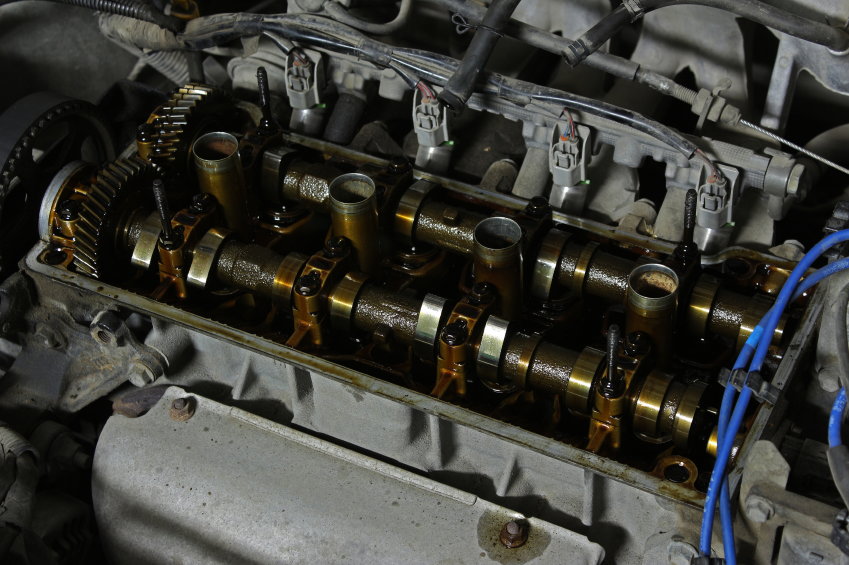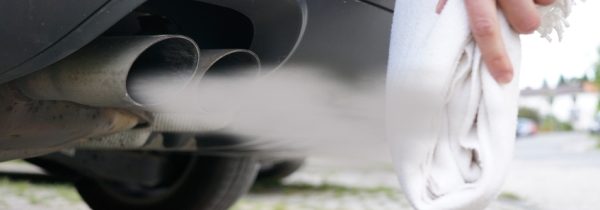Even though leaking exhaust pipes are a common problem in cars that have gone through a lot of wear and tear, an oil leak in an exhaust pipe is something that confuses a lot of people.
It is important to understand how oil from the engine could reach the exhaust pipe, as well as whether the liquid you are observing is actually engine oil or something else. The following steps will help you determine what the liquid coming from your tail pipe is and how it could have gotten there.
Step 1 – Check the Exhaust Pipe End
The first thing you can do to determine the cause of the leak is thoroughly check the exhaust pipe of your car. Wearing gloves, run your finger on the inside of the exhaust pipe to check for soot that may have settled there over the years.
If there is a soot deposit, the dripping blackish oil-like liquid that you think is engine oil could actually be a mixture of condensation from the car exhaust and the deposited soot that is ‘leaking.’
Step 2 – Check the Color of Smoke
The color of the smoke emitting from your tailpipe as the car runs will help you determine what the leaking liquid is.
Start your car’s engine and check the color of smoke coming out of the car’s tailpipe. If the smoke is black, it means that a combustion catalyst you may have used is not being completely burned by the engine, and instead, it is being sent out along with unburned fuel through the exhaust.
If the smoke is blue/gray, it means that engine oil is leaking into the combustion chamber. If the leak is severe, it might even come out of the exhaust pipe directly as you run the car, which would mean the dark liquid you observed in step 1 is actually oil and not a soot-water mix.
If white smoke is coming out from the exhaust pipe, you have to check the engine to determine the cause. Check the combustion chamber of the engine. If there is a lot of leaked oil in it, it means the piston oil rings are worn and are allowing oil to enter the combustion chamber.
Step 3 – Check the Valve-Train

Check for leaks in the valve-train as the valves seals in the valve-train prevent engine oil from entering the combustion area. A leak in the valve seals could be the cause of smoke and exhaust pipe oil-leaking too.
Step 4 – Check the Head Gasket
The head gasket keeps the car’s head attached to the main engine block and if the head gasket is blown, engine-coolant from the head can flow into the combustion chambers. This could also be the cause of the oil-leak or smoke that you notice through the tailpipe.
taken from- http://www.doityourself.com/stry/troubleshooting-an-oil-leak-in-an-exhaust-pipe

